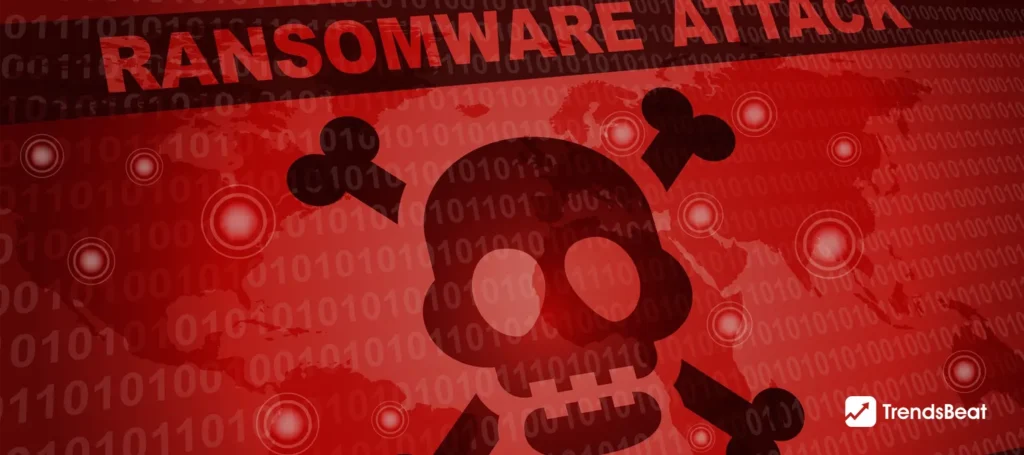Maximizing Impact Keen Strategies to Refine Your Company’s Limited Cyber Security Budget

Organizations are under pressure to protect themselves against compromise as the volume and sophistication of cyber-attacks grow. Even though businesses are investing more than ever to secure every area of their infrastructure, the risks that will arise in the next few years will be difficult to keep up with. However, because of the enormous amount of systems that require security and the ever-changing cyber threat landscape, the “more is better” paradigm is no longer viable. Digital transformation is extending the threat surface faster than ever, and you can’t stay up unless you have a massive cyber security budget and unlimited resources to monitor all the apps.
Given the present situation of our economy, organizations across all industries are taking measures to optimize budgets, and CISOs must manage their cyber security budget with precision. To guarantee that cyber security investments are led by business objectives, the best strategy is the risk optimization” strategy.
To develop a cyber-strategy that accepts the appropriate level of risk, organizations must adopt a “risk optimization” paradigm that entails assessing risks, priorities, and business investments. Aligning the cyber threat conversation with corporate goals enables access to strategic cyber security financing.
Effective Strategies to Manage Risks & Stay in a Budget- Corporate Cyber Security!
Take a broad perspective
Human talent, work procedures, and the correct tools are all required for effective corporate cyber security. When firms spend the funds allocated for a certain cyber security initiative, they should keep all three of these factors in mind. If the team lacks the necessary skills to apply or manage new technological tools for identifying vulnerabilities or preventing attacks, the investment in those new tools will not pay off, implying that they are not an effective or good use of any cash. At the same time, new members of a cyber-security team should be hired only after considering how they would impact both the process of safeguarding assets and the usage of any technology solutions.

Considering personnel, procedures, and tools concurrently while allocating budget funds to each project will also allow for the organic growth and effectiveness of an organization’s cyber security department. Such consistent growth and improvement in performance will almost certainly result in increased cyber security budget allocations in the future, which will be necessary to stay up with emerging threats and forms of attacks.
Consider the Attacker’s Point Of View
Companies must identify what inside their networks and data is most appealing and vulnerable to attackers to make the greatest use of their money. They must understand, for example, if hackers are likely to exploit their firms’ digital connections to customers or suppliers, who are ultimately higher-value targets, in what is known as supply-chain attacks, such as the massive SolarWinds hack in 2020. Perhaps a company’s possession of sensitive or valuable consumer data leaves it vulnerable to ransomware attacks, which have also been on the rise.
A complete awareness of what assets are most tempting – and to what sorts of attackers – will allow a firm to allocate its resources to safeguard certain types of assets and routes of attack, as well as engage staff with the necessary skills. Understanding what motivates attackers will help businesses to use their allotted resources to defend the most important assets rather than wasting money on generic cyber security.
Consider the Value of a Flexible Staff and Resources
Because cyber threats are always evolving, cyber security professionals must adopt an adaptable attitude and be willing to adjust their methods, strategies, and instruments of operation. This implies that departments should assess how they spend their funding each quarter. This re-evaluation should include not just dangers but also how they influence the tangible nature of the firm. A company should prioritize safeguarding its most important assets and addressing risks to those assets. As risks grow, businesses must consider not just what new technologies they need to purchase but which parts of their business are more vulnerable to new threats and how they might transfer resources from one area to another.

Increasing Cyber Security Budget
Here are some suggestions for achieving significant savings while increasing your budget for cyber security business:
Improve the cyber security culture: Many individuals believe that cyber security teams are solely to blame for cyber-attacks, although this is not the case. Cybersecurity awareness must be raised, and each department must accept responsibility.
Increase the funds for cyber security programs in other departments: You must persuade other divisions that building projects without considering cyber security risks put the entire firm at risk. For example, creating a new app or website or introducing new equipment, machinery, IoT devices, or other items that may influence cyber security. They must include cyber security as a critical component of their budget plan.
Obtain Alliances: It is not easy to elevate the cybersecurity culture, and you must have numerous alliances inside the businesses, including Legal and HR, to assist you in boosting the consideration of cybersecurity issues.
The idea is to focus your spending on the essentials and persuade other departments that considering cybersecurity concerns is not a choice but rather a necessity. Furthermore, you must focus on ROI and demonstrate to your superiors that not investing is significantly more costly than investing in a better cybersecurity environment. Mark the advantages and disadvantages of your cybersecurity budget plan and freely debate the possibilities of your strategy.















































































![Essential-Cybersecurity-Tips-for-Small-Businesses-[Protect-Your-Data]-TrendsBeat](https://trendsbeat.com/wp-content/uploads/2023/05/Essential-Cybersecurity-Tips-for-Small-Businesses-Protect-Your-Data-feature-image-template-1024x455.jpg)


















![Top Fitness Trends & Workout Routines to Follow [Stay Fit, Stay Healthy]](https://trendsbeat.com/wp-content/uploads/2023/04/feature-image-Top-Fitness-Trends-Workout-Routines-to-Follow-Stay-Fit-Stay-Healthy-1024x455.jpg)










![[Weight Loss Medication Health Effects] Side Effects and Best Advice](https://trendsbeat.com/wp-content/uploads/2023/04/feature-image-Weight-Loss-Medication-Health-Effects-Side-Effects-and-Best-Advice-1024x455.jpg)



